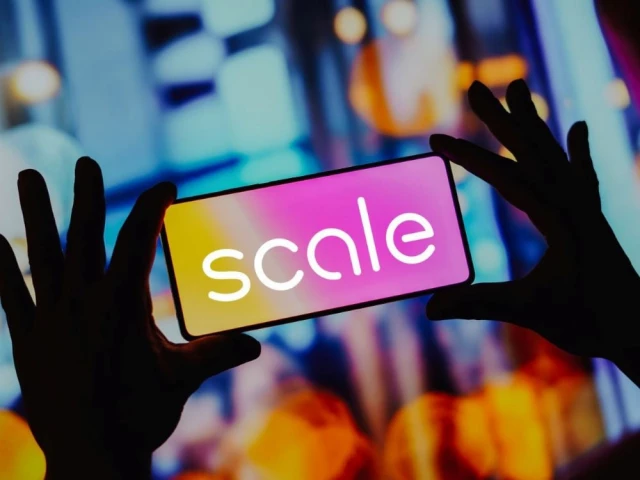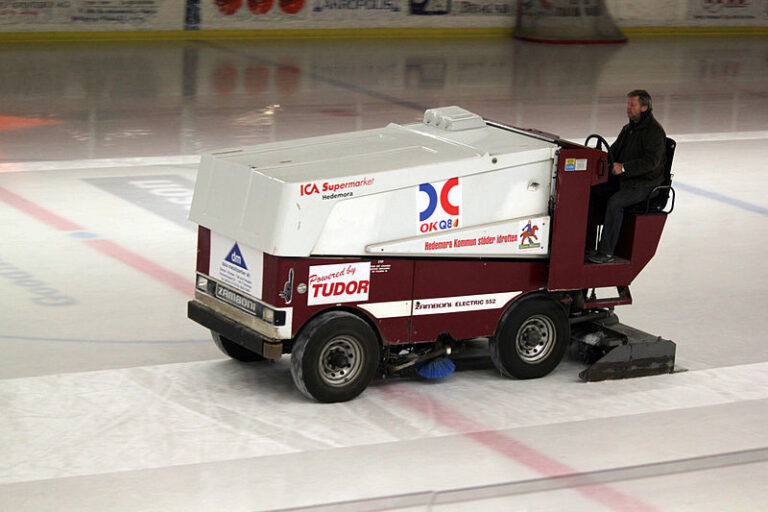
4. Bud Light’s “Dilly Dilly” and the Absurdist Turnaround
The Situation
Bud Light was losing its cool factor, especially among millennials turning to craft beer and hard seltzers. Their marketing was becoming stale—same old party scenes, same old bro culture.
The Humorous Pivot
Enter “Dilly Dilly.” A medieval-themed campaign that made no sense—and that’s exactly why it worked. By creating a completely nonsensical but catchy rallying cry, Bud Light leaned hard into absurdist humor.
The Result
“Dilly Dilly” became a cultural meme almost overnight. It wasn’t just shouted at bars and tailgates—it made it to NFL games, weddings, and even political protests. Bud Light didn’t just sell beer—they became part of the social conversation.
5. Wendy’s Twitter Roasts
The Situation
In the early 2010s, Wendy’s was still battling against McDonald’s and Burger King with traditional ad formats and struggling to carve a unique voice online.
The Humorous Pivot
Then came the Twitter sass. Wendy’s social media team flipped the script, dishing out roasts, clapbacks, and meme-worthy one-liners to followers and competitors alike.
One famous tweet to a user asking where the nearest McDonald’s was? “Probably near a dumpster.”
The Result
Wendy’s transformed into the internet’s favorite fast-food troll. Their engagement rates shot through the roof, and their bold voice even inspired real-world promotions like “#NationalRoastDay.” Sales saw a noticeable bump, and their brand perception skewed younger and sharper.
Continue reading…
Get our final take on why humor isn’t just fluff—it’s a strategic weapon. Plus, we share actionable tips for brands thinking of using humor in their next campaign.


